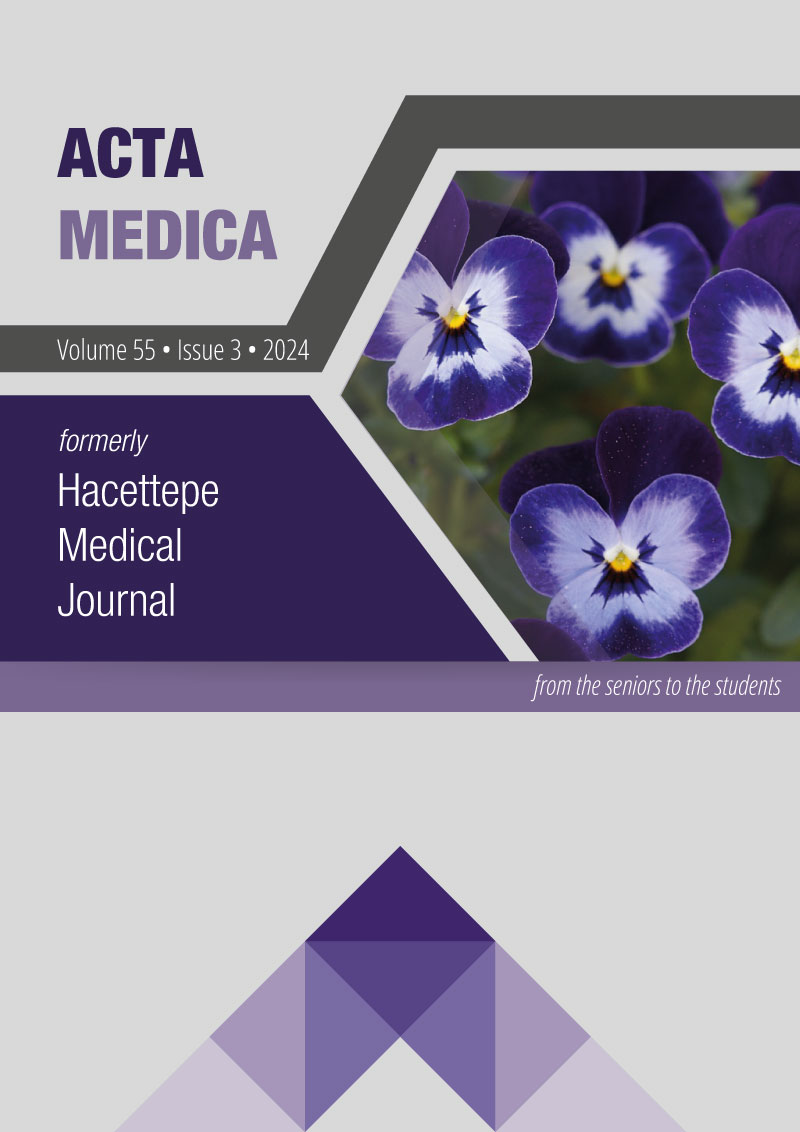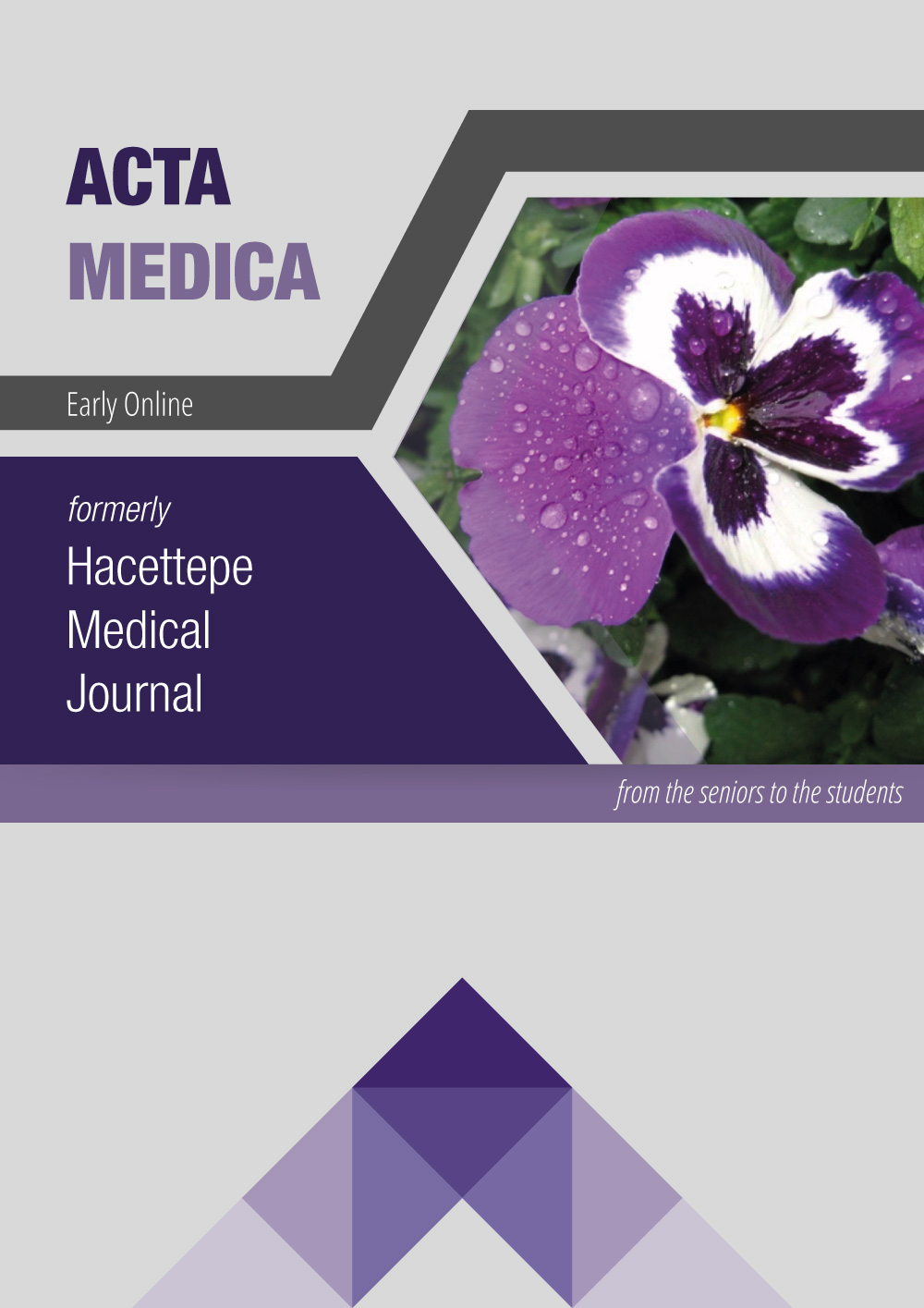Investigating the potential impact of ELF3-associated SNPs on chondrocyte inflammation
DOI:
https://doi.org/10.32552/2024.ActaMedica.1015Keywords:
osteoarthritis, ELF3, TLN2, chondrocyte inflammation, IL-1βAbstract
Objective: Chondrocyte inflammation is a critical factor in degenerative joint diseases, such as osteoarthritis (OA), significantly impairing quality of life through chronic pain and limited mobility. Genetic predisposition is recognized as a critical factor in the progression of chondrocyte inflammation and OA, with particular focus on the role of genetic variants in the expression and regulation of inflammatory mediators. This study aimed to obtain information about the potential roles of a few genes containing ELF3-associated SNPs in the pathogenesis of chondrocyte inflammation.
Materials and Methods: GVAT Database was used to select top candidate SNPs associated with ELF3, a cardinal transcription factor in chondrocyte inflammation. Inflammation was induced by IL-1β treatment in differentiated chondrocytes to analyze gene expression patterns. Transcriptome analysis was done by RNA sequencing.
Results: The most important SNPs that could potentially affect the binding affinity of ELF3 transcription factor were analyzed. As a result of the analysis, 52% of ELF3-associated SNPs were found in protein-coding regions, 40% in gene-free intergenic regions, and 8% in non-coding RNA sequences. Some of these SNPs are located in regulatory regions (enhancers). A significant increase in expression levels in the ELF3 gene was detected after IL-1β administration, indicating that IL-1β promotes the activity of this transcription factor. mRNA expressions of TLN2, BABAM2, PEPD, and NUDT5 were also increased after IL-1β stimulation.
Conclusion: The presence of ELF3-associated SNPs in the enhancer sequences of TLN2 and BABAM2 genes, in addition to the increased expression of these two genes upon IL-1β stimulation, suggested that TLN2 and BABAM2 genes may be associated with the severity of chondrocyte inflammation and OA.
Downloads
Downloads
Published
How to Cite
Issue
Section
License
Copyright (c) 2024 Acta Medica

This work is licensed under a Creative Commons Attribution-NonCommercial-NoDerivatives 4.0 International License.


